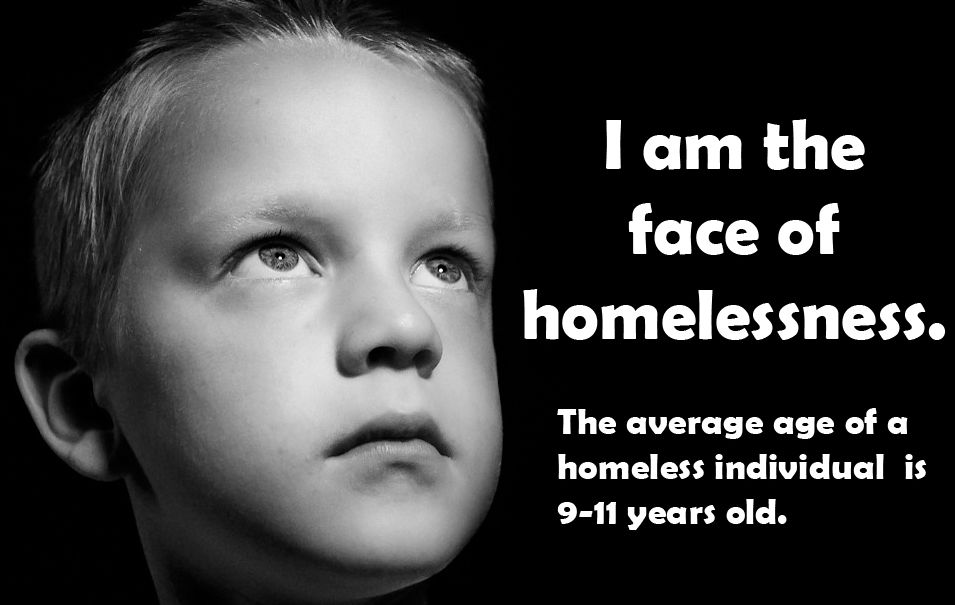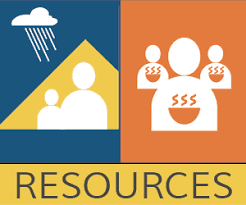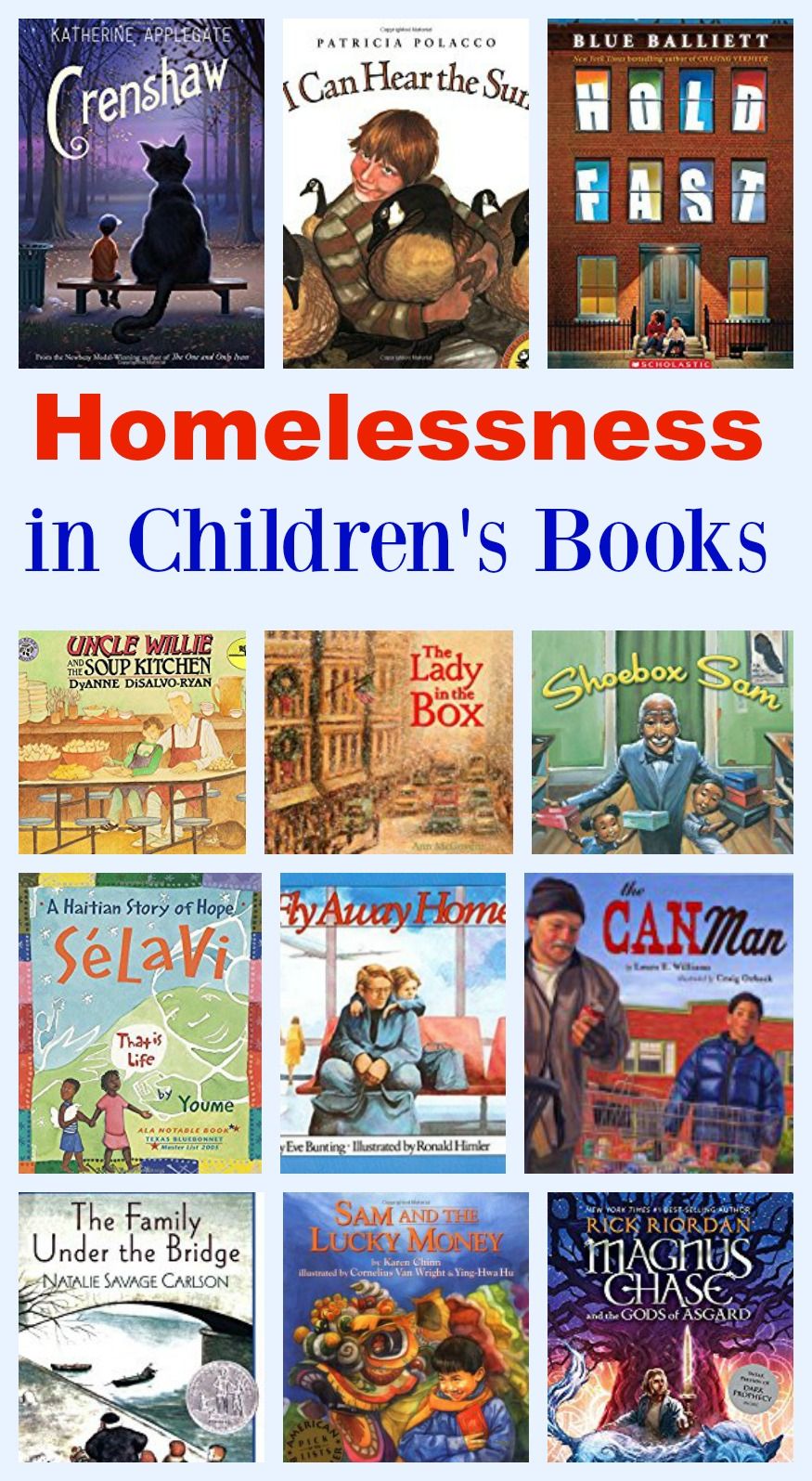The Importance of Childcare to Children Experiencing Homelessness
 Homelessness: we know it’s a real issue, but we never think it will affect us or those around us. The reality is that last year in the US, more than half a million people were without a home on any given night. Even more concerning is that 33% of these were families. In recent years, as much as 20% of people experiencing homelessness were children, with nearly 2.5 million children (1.2 million under age 6) experiencing homelessness each year. Perhaps surprisingly, a person is most likely to experience homelessness during their early childhood years.
Homelessness: we know it’s a real issue, but we never think it will affect us or those around us. The reality is that last year in the US, more than half a million people were without a home on any given night. Even more concerning is that 33% of these were families. In recent years, as much as 20% of people experiencing homelessness were children, with nearly 2.5 million children (1.2 million under age 6) experiencing homelessness each year. Perhaps surprisingly, a person is most likely to experience homelessness during their early childhood years.
But beyond the statistics are real children with real needs for development opportunities, safety, security and a healthy environment. Children under the age of six are in their core development years and their progress is measured in days, not years, so any disruption at this age can result in an increased risk of long-term effects on their development, physical health, emotional health, behavior and learning.
What role do childcare providers play?
Availability of formal childcare programs can support these children and their families in many ways, from enrichment to providing a safe and stable environment while families seek to resolve their situation. Childcare providers can also offer support and resources to the families to help them cope with their current situation and find assistance to work out a long-term solution.
In 1987, the McKinney Homelessness Assistance Act was signed into law to ensure the immediate school enrollment of homeless children and youth. Over the years, the law has been amended and reauthorized to broaden its reach to provide greater learning opportunities and reduce barriers for children experiencing homelessness. In 2015, the Act was reauthorized to include public preschools.
For preschools, this means that programs must ensure homeless families and children can access Head Start, Early Head Start, LEA-administered pre-school programs and early intervention services under IDEA Part C, if eligible. The McKinney-Vento Act also defines homelessness as it relates to this issue.
Where can I find resources to support children and their families?
 As an early care and education program provider, you may already be serving families with young children who are experiencing homelessness or who are at risk for homelessness. You play an important role in identifying, supporting, and connecting these families to resources that can help keep them healthy. There are many resources to help your program in this process.
As an early care and education program provider, you may already be serving families with young children who are experiencing homelessness or who are at risk for homelessness. You play an important role in identifying, supporting, and connecting these families to resources that can help keep them healthy. There are many resources to help your program in this process.
Self-assessment tools, such as the one developed by the Administration on Children and Families (ACF), can assist your program in identifying families who are at risk for homelessness, to help support them and connect them with the resources they may need.
There are many local and national services available to assist families during crises. However, as a result of their being homeless, they may not have access to the internet, a phone or other means of finding these resources and coordinating care for their children. Many of the resources listed in this class can be printed and offered to the families.
Providing these resources to parents can ease their burden both physically and mentally. Often people in these situations simply don't where to turn for help and don't have the resources to find necessary services. Even simple things such as providing resource guides or just lending a sympathic ear can make a significant difference to these families.
Here is a list of resources to provide assistance to families experiencing homelessness:

How can a childcare program help these children?
While the weight of this issue may seem overwhelming, there are things we can all do to support children and families experiencing homelessness. People in these situations need our support and understanding.
For children, providing a safe environment for them to read, play and do arts and crafts with their peers will offer opportunities that otherwise they may not receive. For parents and families, listening to their needs and offering any support may be the difference between coping and struggling for them.
There are many children’s books that deal with homelessness. Try one of these for your next circle time and ask the children questions about the book and their thoughts on being homeless. You may find some revealing information!
Keep in mind, no matter how small the deed, you may be providing a life-altering service for these children and their families. This may be that time where the adage “to the world you may be one person, but to one person you may be the world” really rings true!
One day an old man was walking down the beach just before dawn. In the distance he saw a young man picking up stranded starfish and throwing them back into the sea. As the old man approached the young man, he asked, "What are you doing?" The young man explained that the stranded starfish would die if left in the morning sun. The old man exclaimed, "But there must be thousands of starfish. How can your efforts make any difference?" The young man looked down at the starfish in his hand and as he threw it to safety in the sea, he said, "It makes a difference to this one!"
Make a Difference Every Day!
For more information, try our online childcare classes:
Helping Children Cope with Stress